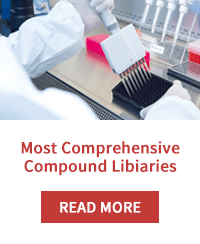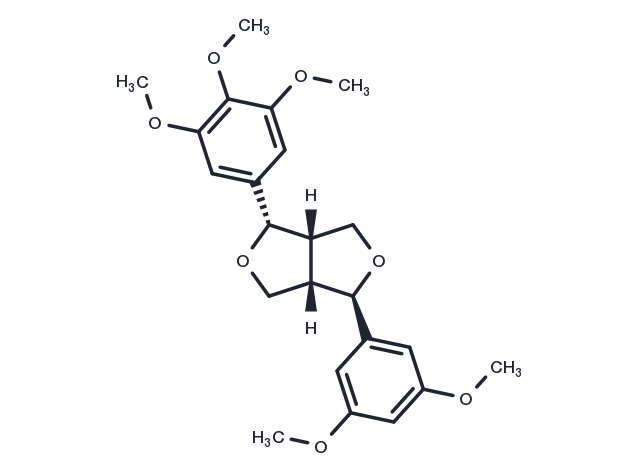Powder: -20°C for 3 years | In solvent: -80°C for 1 year


Epimagnolin B has anti-inflammatory activity, it can inhibit the production of NO and PGE(2) and the expression of respective enzyme iNOS and COX-2 through the suppression of I-kappaB-alpha degradation and nuclear translocation of p65 subunit of NF-kappaB. It also exhibits antiallergic effects without affecting the viability of bone marrow-derived mast cells.

| Pack Size | Availability | Price/USD | Quantity |
|---|---|---|---|
| 1 mg | Inquiry | $ 152.00 | |
| 5 mg | Inquiry | $ 309.00 | |
| 10 mg | Inquiry | $ 529.00 | |
| 25 mg | Inquiry | $ 951.00 |
| Description | Epimagnolin B has anti-inflammatory activity, it can inhibit the production of NO and PGE(2) and the expression of respective enzyme iNOS and COX-2 through the suppression of I-kappaB-alpha degradation and nuclear translocation of p65 subunit of NF-kappaB. It also exhibits antiallergic effects without affecting the viability of bone marrow-derived mast cells. |
| In vitro | The overproduction of nitric oxide (NO) and prostaglandin E(2) (PGE(2)) causes neurodegenerative diseases, such as Alzheimer's disease and Parkinson's disease. Four lignans, (+)-eudesmin (1), (+)-magnolin (2), (+)-yangambin (3) and a new structure named as Epimagnolin B (4) were isolated from Magnolia fargesii (Magnoliaceae) as the inhibitors of NO production in LPS-activated microglia[1] |
| Source |
| Molecular Weight | 416.46 |
| Formula | C23H28O7 |
| CAS No. | 1134188-26-3 |
Powder: -20°C for 3 years | In solvent: -80°C for 1 year
You can also refer to dose conversion for different animals. More
bottom
Please see Inhibitor Handling Instructions for more frequently ask questions. Topics include: how to prepare stock solutions, how to store products, and cautions on cell-based assays & animal experiments, etc.
Epimagnolin B 1134188-26-3 GPCR/G Protein Immunology/Inflammation NF-Κb NF-κB NO Synthase Prostaglandin Receptor Inhibitor inhibit inhibitor
